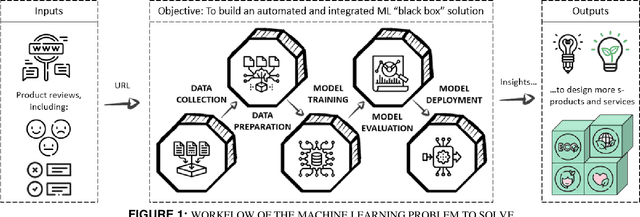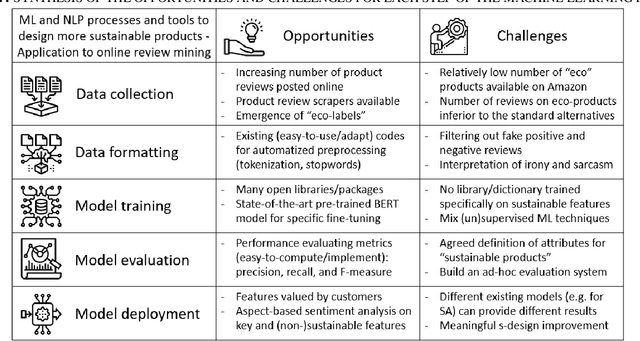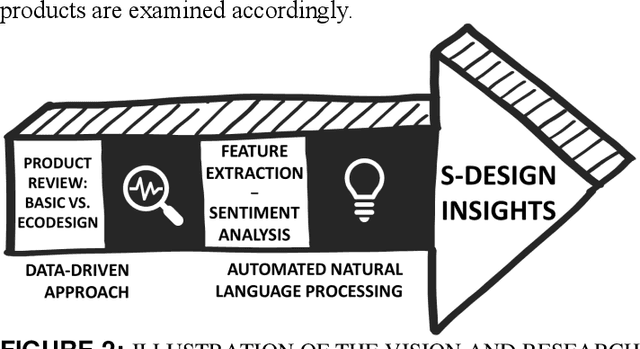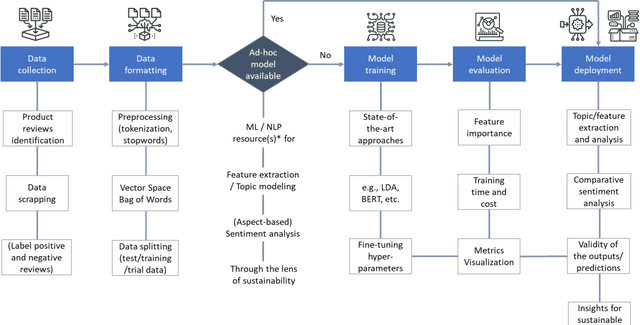Harrison Kim
LGI
Multimodal Wildland Fire Smoke Detection
Dec 29, 2022Abstract:Research has shown that climate change creates warmer temperatures and drier conditions, leading to longer wildfire seasons and increased wildfire risks in the United States. These factors have in turn led to increases in the frequency, extent, and severity of wildfires in recent years. Given the danger posed by wildland fires to people, property, wildlife, and the environment, there is an urgency to provide tools for effective wildfire management. Early detection of wildfires is essential to minimizing potentially catastrophic destruction. In this paper, we present our work on integrating multiple data sources in SmokeyNet, a deep learning model using spatio-temporal information to detect smoke from wildland fires. Camera image data is integrated with weather sensor measurements and processed by SmokeyNet to create a multimodal wildland fire smoke detection system. We present our results comparing performance in terms of both accuracy and time-to-detection for multimodal data vs. a single data source. With a time-to-detection of only a few minutes, SmokeyNet can serve as an automated early notification system, providing a useful tool in the fight against destructive wildfires.
Can Machine Learning Tools Support the Identification of Sustainable Design Leads From Product Reviews? Opportunities and Challenges
Dec 17, 2021



Abstract:The increasing number of product reviews posted online is a gold mine for designers to know better about the products they develop, by capturing the voice of customers, and to improve these products accordingly. In the meantime, product design and development have an essential role in creating a more sustainable future. With the recent advance of artificial intelligence techniques in the field of natural language processing, this research aims to develop an integrated machine learning solution to obtain sustainable design insights from online product reviews automatically. In this paper, the opportunities and challenges offered by existing frameworks - including Python libraries, packages, as well as state-of-the-art algorithms like BERT - are discussed, illustrated, and positioned along an ad hoc machine learning process. This contribution discusses the opportunities to reach and the challenges to address for building a machine learning pipeline, in order to get insights from product reviews to design more sustainable products, including the five following stages, from the identification of sustainability-related reviews to the interpretation of sustainable design leads: data collection, data formatting, model training, model evaluation, and model deployment. Examples of sustainable design insights that can be produced out of product review mining and processing are given. Finally, promising lines for future research in the field are provided, including case studies putting in parallel standard products with their sustainable alternatives, to compare the features valued by customers and to generate in fine relevant sustainable design leads.
 Add to Chrome
Add to Chrome Add to Firefox
Add to Firefox Add to Edge
Add to Edge